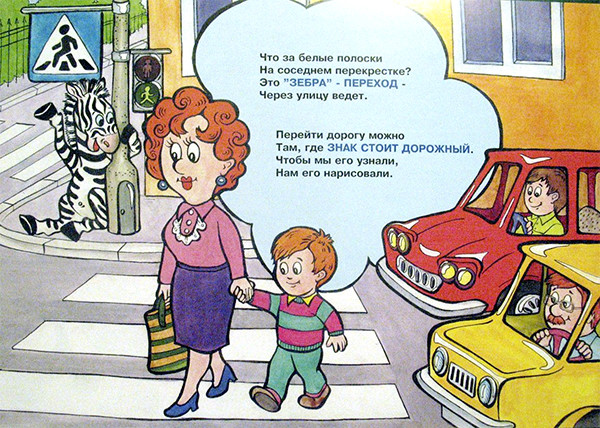 Photo: ANO "RRTSPN"
Photo: ANO "RRTSPN"
Safety of children on the road
The Safe Environment project was created on the initiative ofRegional Resource Center for Violence Prevention and is supported by Gazprom Invest. The program includes two parts - child safety on the roads and safety on the Internet. This is the largest training for children in traffic rules and safe behavior in the urban environment in the south of Russia to date. More than 5,000 children aged 7 to 10 are taking part in the project. In a playful, interactive form, children are taught the basics of traffic rules and told about common mistakes in behavior on the road. "Almost from the doorstep of the house, the child becomes a participant in traffic. To organize the process of teaching children street safety skills, we have developed this system of classes, - says Alexey Panchenko, teacher and expert of the Safe Environment program. - However, I would like to emphasize that the problems of child safety begin with upbringing. Parents should devote more time to the child, explaining important topics to him. It is necessary to keep in mind that a child at home, a child on the street and a child at school are three completely different people. Because of this, working with children is very difficult. It is necessary to increase the responsibility of parents for upbringing. You need to influence the child, convey to him that it is right to be yourself in any situation. And, what is important, pay more attention to his life. Many parents now simply "drop off" their children to school with a sigh of relief, and in the evening do not even look at their children's diaries. The situation needs to be corrected. If there is no indifference, there will be safety. In addition, I believe that traffic police officers should work with children, who, unfortunately, do not show much initiative."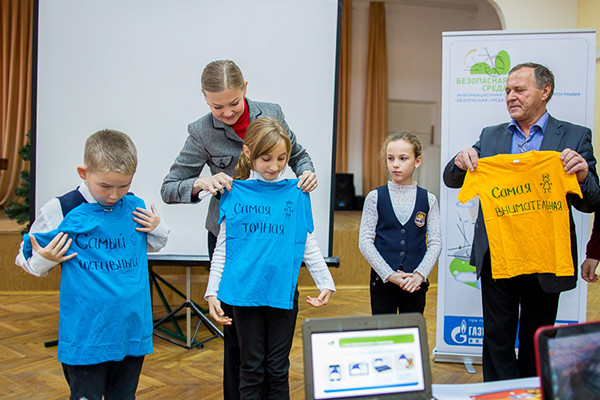
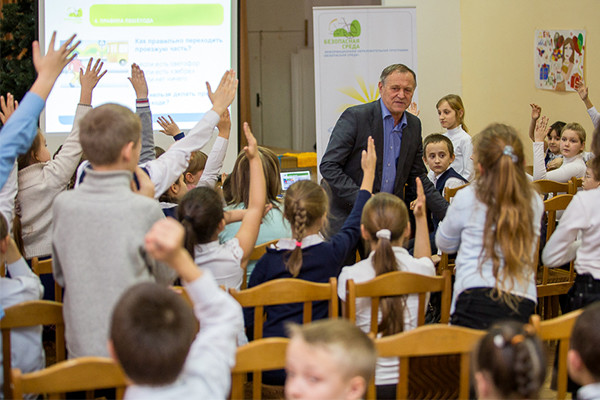
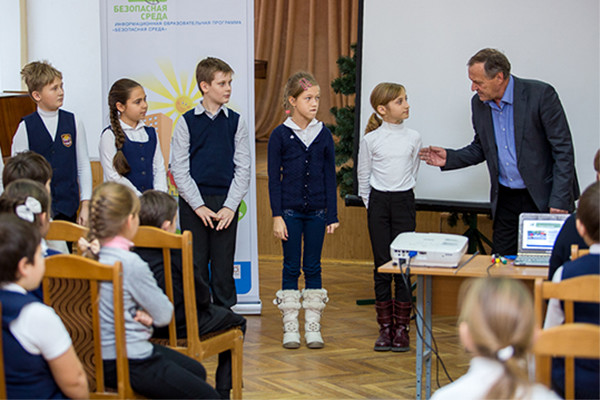
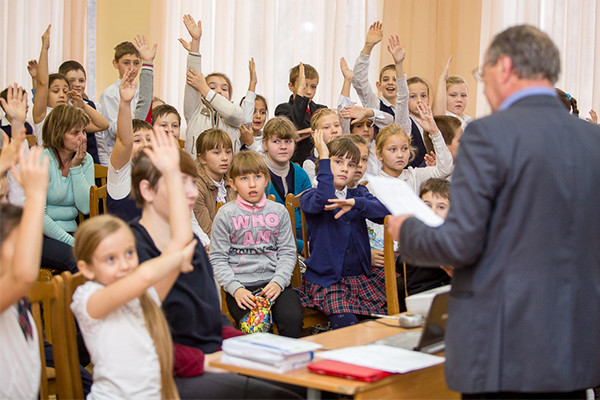 1/4Photo: ANO "RRTCPPN"Photo: ANO "RRTCPPN"Photo:ANO "RRTCPPN"Photo: ANO "RRTCPPN""Parents should not place full responsibility for road safety on their children, especially when it comes to children aged 7-8 and younger," says Elena Zolotilova, president of the Regional Resource Center for Violence Prevention and expert trainer of the Safe Environment program. "Most accidents last year were caused by pedestrians. But this does not mean that we can say that the child is to blame for the accident. The blame lies entirely with the parents. It was they who failed to create a safe environment and failed to teach them. Traffic rules must be presented to the child in an accessible form. This should not be a moralizing or, even worse, intimidation, which will undoubtedly cause the child to protest. The ideal option is a game form. We need to make traffic rules interesting for children."
1/4Photo: ANO "RRTCPPN"Photo: ANO "RRTCPPN"Photo:ANO "RRTCPPN"Photo: ANO "RRTCPPN""Parents should not place full responsibility for road safety on their children, especially when it comes to children aged 7-8 and younger," says Elena Zolotilova, president of the Regional Resource Center for Violence Prevention and expert trainer of the Safe Environment program. "Most accidents last year were caused by pedestrians. But this does not mean that we can say that the child is to blame for the accident. The blame lies entirely with the parents. It was they who failed to create a safe environment and failed to teach them. Traffic rules must be presented to the child in an accessible form. This should not be a moralizing or, even worse, intimidation, which will undoubtedly cause the child to protest. The ideal option is a game form. We need to make traffic rules interesting for children."
Safety of children on the Internet
The second part of the program "Safe Environment"is responsible for children's information security. The goal of seminars, trainings and open lessons is to explain to children how to behave correctly on the Internet. "Today the world is divided into two parts: online and offline, the Internet and our everyday life," says Elena Zolotilova. "The advent of the Internet has made our lives much easier. With its help, you can search for people, exchange files, make purchases, study. However, such a large number of resources also entails danger. Our children are exposed to risk every day. Firstly, on the Internet, a child can easily find texts, pictures, video files that promote violence and aggression. Secondly, on the Internet, he can be subjected to harassment and persecution: the so-called "recruiters" find their victims, get to know them, introducing themselves with fictitious names and not giving their real age. These people can involve a child in an environment of violence, including sexual violence. It is no secret that pornography, drug sales and other criminal activities are widespread on the Internet. Children from dysfunctional families and orphanages are most often at risk here. However, in some cases, children from wealthy, complete families are also involved in crimes, but are left to their own devices due to their parents' constant employment. In addition, cyber addiction can pose a danger to a child. It is divided into several types: cybersexual addiction, addiction to virtual communication and dating, gaming addiction, financial addiction, that is, the need to make purchases and information overload, that is, constant presence on the Internet without significant reasons."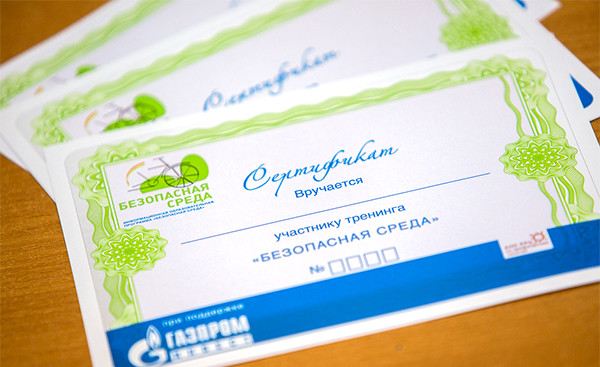 Photo: ANO "RRTSPN"
Photo: ANO "RRTSPN"
How to prevent such situations?
"In order to provide informationchildren's safety, of course, first you need to work with their parents. There are special rules for children's presence on the Internet, which need to be conveyed to the child in an accessible form. So, children should not download and install programs without their parents' permission. You should not communicate and especially meet with strangers. You should not open letters that came from an unfamiliar address. It is advisable to come up with safe logins and passwords that the child should keep secret even from his best friends. It is necessary to explain to children that when visiting different sites and communicating with other users, they should behave politely. If a child wants to buy something on the Internet, then he must certainly ask his parents for permission. And of course, if someone offended a child on the Internet, then he should immediately tell his mom and dad about it." More information about this issue can be found here
More information about this issue can be found here









